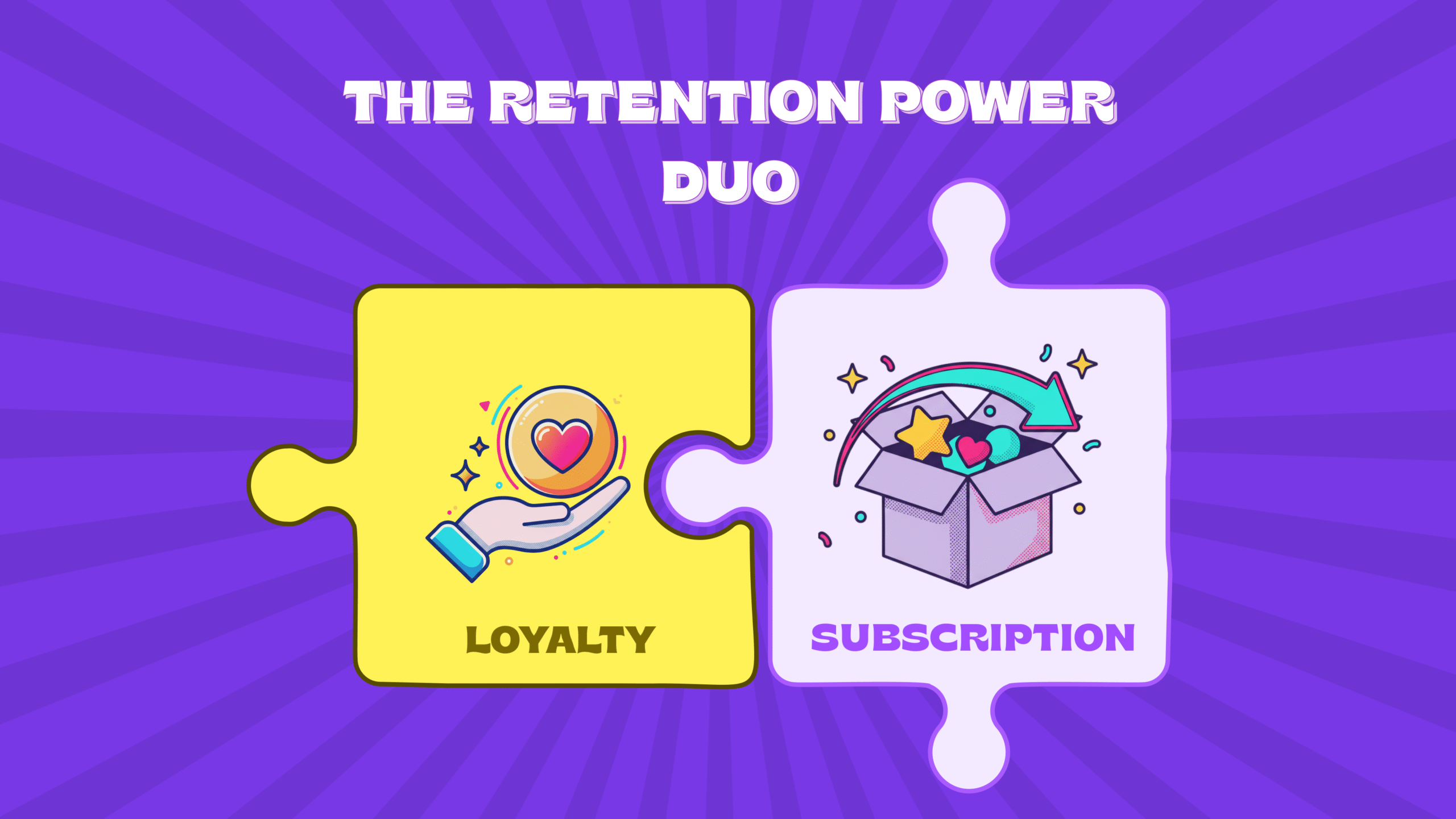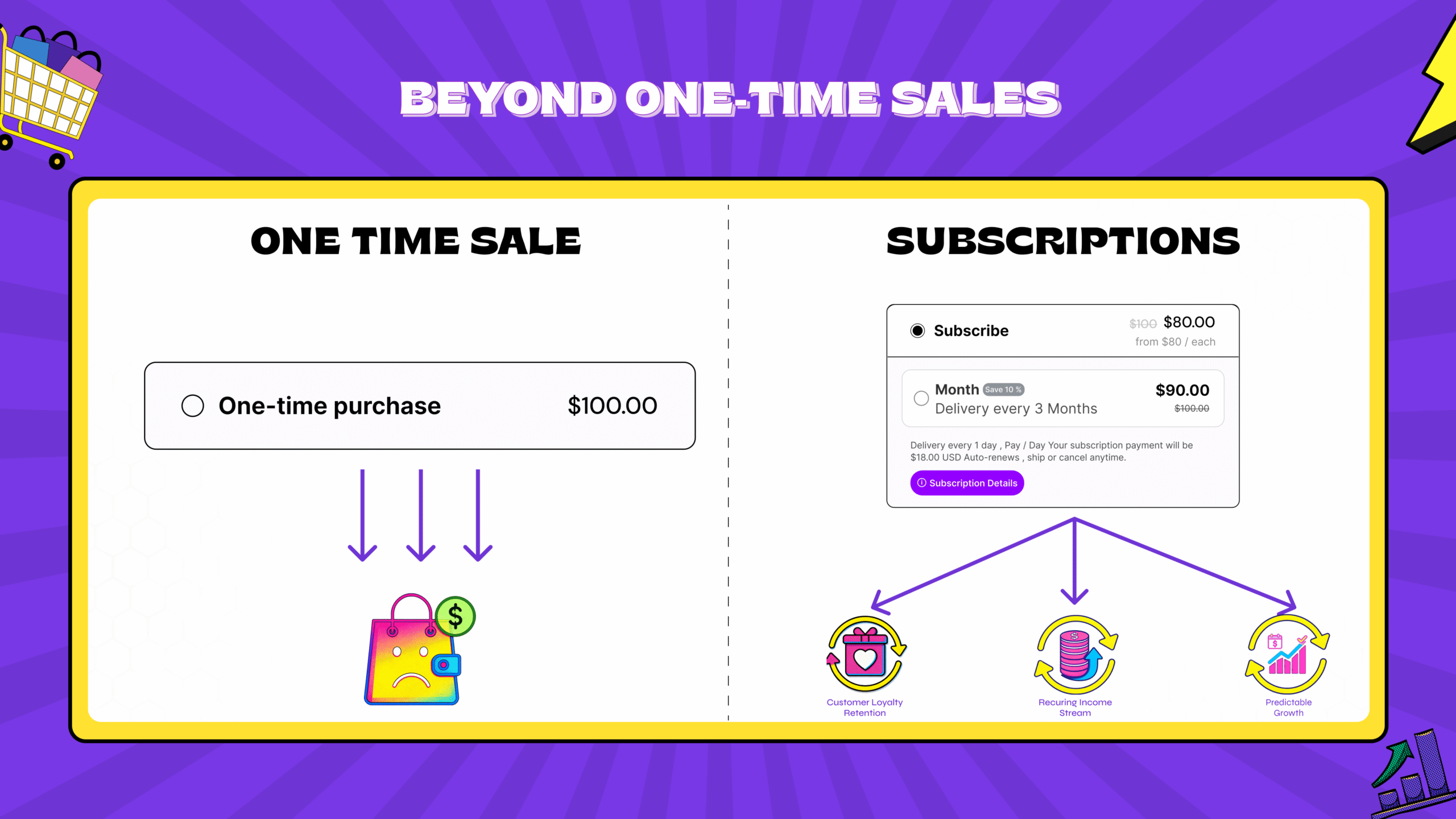
How D2C Brands Can Unlock Growth with Subscription Models in 2025
Published On: June 13, 2025 - 4 min read
In 2025, subscription services are expected to completely transform the direct-to-consumer (D2C) market due to changing consumer demands for affordability and convenience. The subscription e-commerce market is expected to increase at a compound annual growth rate (CAGR) of 59.5% from its 2025 valuation of USD 539.16B to USD 3480B by 2029.
D2C brands can increase client retention, foster brand loyalty, and guarantee consistent revenue streams by implementing subscription models. Subscriptions will be essential for firms looking to stand out in a crowded market as customers prefer more individualized, hassle-free buying experiences. This article examines how direct-to-consumer (D2C) firms might use subscription models to open up new growth opportunities.
The Evolution of Direct-to-Consumer (D2C) Brands
Direct-to-Consumer companies have expanded dramatically, changing the retail landscape by eschewing conventional middlemen. With the help of digital platforms, D2C models first gained popularity as companies looked to establish stronger relationships with their clients. This shift was prompted by the need for individualized experiences as well as the ease of internet shopping.
These firms are now able to improve their strategy and scale their operations more effectively because of technological improvements, especially in e-commerce and data analytics. As customer behavior changed, direct-to-consumer (D2C) companies used influencer relationships and social media to increase brand awareness and interaction. Consumer relations have been completely transformed by this straightforward approach, which also keeps spurring innovation in the industry.
Understanding Subscription Models
Subscription models are contracts in which clients pay a regular amount for goods or services. Resupply (e.g., frequent delivery of necessities), curation (e.g., customized product choices), and access (e.g., special content or benefits) are some of the several kinds. Businesses benefit from these models’ consistent revenue, improved client connections, and insightful data.
Customers frequently enjoy cost savings in addition to easy, customized experiences. D2C brands should concentrate on providing smooth experiences and continuous value as they investigate subscription services in order to draw in new clients and keep hold of current ones, which will ultimately lead to long-term success.
The Impact of Subscription Models on D2C Growth
- Predictable Revenue Streams: Subscriptions give brands regular cash flow, helping in efficient money management and investment planning.
- Enhanced Customer Loyalty: Consistent engagement via subscriptions strengthens ties with clients, increasing retention and decreasing attrition.
- Personalized Experiences: Options that are tailored to each person’s preferences boost enjoyment. Data-driven insights can be used by brands to improve their services and make sure that their goods live up to consumer expectations.
- Growth Opportunities: Brands should investigate upselling and cross-selling prospects by emphasizing long-term connections over one-time purchases, which will further increase growth potential.
Leveraging Shopify Subscription Apps
Shopify provides a strong ecosystem that helps D2C brands by making the adoption of subscription models easier. Businesses can track subscriber data, customize client experiences, and set up and handle recurring billing with ease with Shopify subscription apps. By offering smooth interaction with already existing Shopify sites, these apps enable brands to automate tedious chores and concentrate on expansion plans.
Brands may increase client loyalty and generate consistent revenue by leveraging customized features like automatic renewal choices and configurable pricing plans. D2C companies may optimize the potential of subscription models by utilizing Shopify’s technologies, laying the groundwork for long-term success in 2025.
Key Strategies for Implementing Subscription Services
- Select Suitable Products: Look for goods that satisfy consistent consumer demands to increase the likelihood of repeat business.
- Develop a Strong Value Proposition: Communicate the advantage of the subscription, focusing on convenience, savings, or exclusive access.
- Set Smart Pricing: To draw in and keep subscribers, strike a balance between affordability and profitability.
- Engage with Marketing Tactics: To attract new subscribers, use appealing promos and targeted advertising.
- Leverage Feedback: To enhance the subscription experience, consistently collect and respond to consumer feedback.
Overcoming Challenges in Subscription Model Adoption
For direct-to-consumer firms, implementing subscription services can be intimidating. Typical challenges include customer retention, logistics, and the requirement for efficient operations. Furthermore, it could be challenging for companies to manage consumer expectations, especially when it comes to product diversity and adaptation.
Adopting best practices, such as providing flexible subscription plans, utilizing data analytics for customization, and keeping open lines of communication, is essential to overcoming these obstacles.
Furthermore, addressing commitment concerns can be achieved by offering simple cancellation and pause choices. D2C brands may develop a subscription experience that satisfies consumer demands and encourages loyalty by addressing these problems head-on.
Future Trends and Innovations in Subscription Services
- AI and Machine Learning: By anticipating clients wants and preferences, these technologies improve consumer happiness by personalizing subscription experiences.
- Sustainability: Companies that provide sustainable products will prosper as more customers give preference to eco-friendly solutions.
- Customization: Direct-to-consumer (D2C) firms will increasingly provide customized subscription plans that let users choose the kinds and frequency of their purchases.
- Enhanced Delivery Options: In response to the increasing demand for convenience from consumers, quick and adaptable delivery will become the norm.
- Omnichannel Integration: Maintaining client engagement and loyalty through smooth integration between digital and physical channels will improve the customer experience.
Conclusion
Subscription models provide a strategic avenue for D2C firms seeking long-term success in 2025. Companies that use these models gain from consistent sales, more devoted customers, and useful data for customization. Providing smooth, personalized shopping experiences is essential as customers look for convenience and value more and more.
Brands can improve their value propositions and customer engagement by using platforms such as Shopify, which make subscription uptake and maintenance easier. Despite possible obstacles, using best practices can help you past them. D2C brands should aggressively investigate these models for development and competitive advantage as the subscription e-commerce market continues to expand.


























